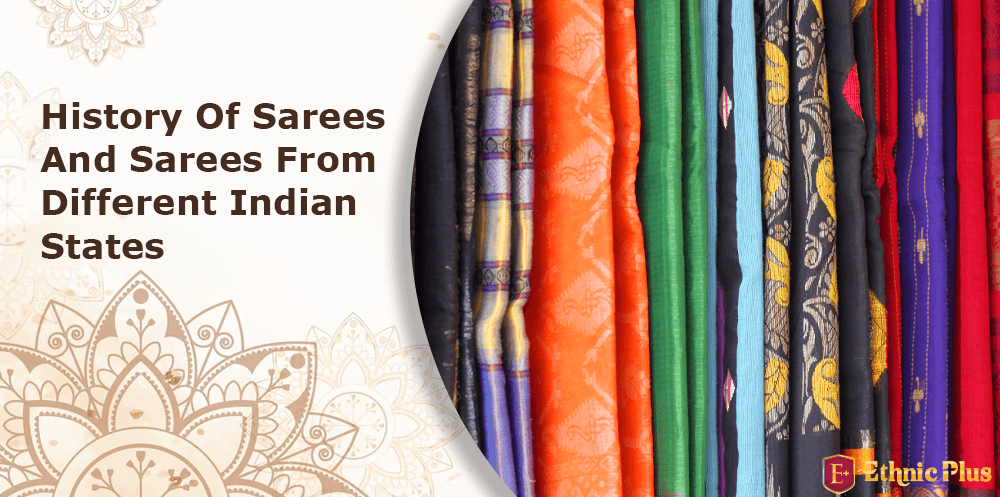
Saree is the metaphorical gesticulation of womanhood in India. Although many other South Asian countries like Bangladesh, Sri Lanka, Myanmar, etc. are in love with the saree, India is still first on the list of countries that wear the saree. We all know that this country has been blessed with European and Middle Eastern panache, but the custom and civilisation of wearing sarees remain intact.
Over the years of India's history, this habiliment has gone through many interpretations in colour, pattern and extravagance around the body. Today, it is not only an ensemble for traditions and celebrations but also an ensemble for fashion and an element of fashion creativeness.
History of Beautiful Attire: Sarees
Saree is a cooperation of sterile magnificence, custom and sophistication; the essential dress of India has myriad cultures. Originally, the word saree was adapted from the Sanskrit word “Shati” which conveys a chevron of cloth, 4-9 gauges of desirable saree fabric elegantly pleated around the waistline highlighting the curves and creating a voluminous shape like no other outfit.
Growing up in a family full of dynamic women, witnessing our mothers, grandmothers and aunts wearing sarees regularly on every occasion, we were deeply impressed with this gorgeous national costume. Sarees bring out the best in you, age is no obstacle, young or old, and you will emit your ambience with its exceptional sophistication and charisma. Carrying our culture and emotions in our hearts, sarees are a treasured artefact for every woman.
Almost every state in India has its own unique saree weaving method which makes them memorable with their particular look and feel. Each saree in the region is the spin-off of expert craftsmanship, specialized textiles, upscale designs and superior methods. Each region of India has its own version of the saree with more than 25 varieties in total and all percolate charisma.
In this article, we will be seeing a list of traditional saree styles from India’s different states.
Let’s go in the alphabetical order
1. Ashavali Sarees (Gujarat)
Stories intertwine around birdsong, swaying animals and blooming flowers. Nature-inspired patterns on colourful silk on a golden Zari background enrich the aesthetic appeal of sarees.
Prints and designs are outlined with a thin dark line resembling mosaic work and this is what differentiates thick and heavy Gujarati embroidery from other types of embroidery.
2. Baluchari Sarees (West Bengal)
These magnificent silk pallu sarees are wrapped with scenes from the mythological epics of Ramayana and Mahabharat. The square blocks on the border are decorated with embroidered designs.
Swarnachari is a series of Baluchari sarees woven with zari fabric. These sarees are a staple of West Bengal women. The generous designs on Baluchari silk sarees take a lot of work, which is why they are among the highest-priced sarees on the market.
3. Banarasi Sarees (Uttar Pradesh)
This saree usually consists of leaves, a gold weave, human figures with small details, metallic graphical effects and beautiful vertical leafy patterns that form the outer edge of the inspired saree.
Inspired by Mughal designs, Rich in colour and heavy in texture, there are varieties such as Tanchoi, Jangla, Cutwork, Butidar and Vaskat in silk, organza and georgette.
4. Bandhani Sarees (Rajasthan)
The name emanated from the word "Bandhan" which means relation. Made using a special time-honoured tie and dye practice, in which the saree is tied with buttons, then colour is spewed onto the saree.
The knots keep the colour from spilling out giving it a unique look. Their bright colours are enhanced by the beautiful polka dot imprints. The higher the number of stitches in a detailed design, the more expensive the Bhandej saree will be.
5. Batik Sarees (West Bengal)
Simple but outstanding batik sarees are created using traditional craft. Batik is the process of dyeing fabric by coating a part of the fabric with wax. Waxed space stays the original colour of the fabric, resulting in dyed and smudge-free contrast, giving it a fresh, eye-catching pattern.
The batik-printed sarees with picturesque designs on colourful canvases are very eye-catching. Batik artisans can express their creativity with dyes and waxes on cotton, silk and other natural fabrics.
6. Bomkai Sarees (Orissa)
Ethnic Bomkai sarees are decorated with intricate patterns and textures inspired by tribal art and the natural environment like rare interwoven motifs of turtles, ancient fish, lotus flowers, peacocks and birds on a background dyed in red, white and black.
The designs are left to the creativity of the weaver's thought, choice and perception. The process used to create a pattern in the Bomkai saree is known as the Jala technique.
7. Chanderi Sarees (Madhya Pradesh)
Chanderi sarees are made from pure silk, fine cotton and zari making it one of the lightest saree fabrics ever witnessed in India, popular for its light texture and lustrous transparency.
These beautiful sarees are printed with signature figures and designs inspired by nature such as swans, trees, fruits, flowers, peacocks, geometry, celestial bodies, gold coins and animals.
8. Chikan Sarees (Uttar Pradesh)
Developed from white Chiffon, Chikankari sarees now use a variety of fabrics with a colourful palette. This Chikankari embroidery is famous for its various effects created using different types of threads and stitches.
Marvellous embroidery works artistically done by experienced artisans are the pure definition of sophistication and magnificence. Light textures and soothing colours with stylish adornments like sequins make them suitable for any occasion whether casual or formal.
9. Dharmavaram Sarees (Andhra Pradesh)
Bearing a striking resemblance to Kanjeevaram sarees, Dharmavaram sarees consist of heavy "pallus" with exclusive design. Dharmavaram silk sarees are the most sought-after and attractive wedding sarees that compete with Kanjeevaram sarees, but the bright colours and dual shades create an entirely different effect that makes it a must-have for your saree collection.
10. Eri Silk Sarees (Assam)
It is also known as Ahimsa (Nonviolent Silk) or Peace Cloth because it is the only tame silk obtained without killing the silkworm. Eri silk is India's best and most purified silk with a diffused light produced by the worm Samia Cynthia Ricini.
Richer and darker than other silks, it pairs well with wool and cotton, making it in high demand in both summer and winter. Eri silk is a seal of royal sophistication, perfect for any occasion or festival.
11. Guntur Sarees (Andhra Pradesh)
Guntur sarees are known for their delicate curtains, stable and strong weave construction, which makes them sturdy yet soft. Distinctive Ikat-style weaves, such as checks and gold stripes, add charm to an outfit with the comfort and ease of wearing cotton.
12. Garad Sarees (West Bengal)
The word Garad means "white" or silk that has not been dyed to conserve the piousness of the fabrics, which makes them important to Bengali women. Distinguished by their red or brown trim with small floral designs on an off-white or off-white background, these sarees are often worn on luxurious occasions.
13. Ilkal saree (Karnataka)
The originality of the saree stems from the weaving of the warp of cotton and pallu with the border area of art silk or pure silk. The main body of the saree has a tartan, square, striped or rectangular shape while the pallu of the Ilkal saree has coloured stripes running vertically they carry patterns inspired by temple architecture that show long-term impact.
14. Jamdani Dhakai Sarees (West Bengal)
As light as a feather, the hallmarks of these cultured sarees are the patterns that seem to float on the surface of an ultra-fine fabric that adds a magical charm like nowhere else.
The hand-weaving method with gold thread presents wonderfully rich patterns and patterns in matching shades that contrast with the cotton or silk base fabric. It is still considered one of the finest muslin fabrics in the world.
15. Kalamkari Sarees (Andhra Pradesh)
The Kalamkari saree represents all that is unique about Indian craftsmanship. The patterns on the Kalamkari sarees are outlined using tamarind branches and painted with natural plant dyes and the patterns often portray scenes inspired by Hindu mythology, ancient caves and carvings. The beauty of this art is that it gets better with each wash like a fine wine.
16. Kanjeevaram Sarees (Tamil Nadu)
Endowed with queenly texture and flamboyant temperament, these sarees are crafted with the utmost accurateness and care. These lush and brightly coloured sarees establish a baptismal cultural background for their gracefully designed contrasting borders with ethnic South Indian nuances. The excellent texture, shine, durability and smoothness are due to the fine mulberry yarns woven.
17. Kasavu or Balarampuri Sarees (Kerala)
The word "Kasuvu" refers to the gold embroidery found along the edges of these sarees. However, over time, it diversified to include colours and man-made fibres.
These ethnic sarees from India fascinate the world with their traditional nature and the simple classiness of natural prints such as birds and flowers used with golden borders. Typical hand-woven Kavasu saree fabric is made with countable fineness in weaving, using 100% unbleached cotton.
18. Kota Sarees (Rajasthan)
Woven on a traditional loom, Kota sarees are transparent even when woven with cotton and silk threads. Extravagant saree and long-lasting fabric due to silk's shiny texture and cotton's durability. Kota sarees show off personality with a touch of geometric embroidery, chequered patterns, and fringe patches, making them completely exclusive.
19. Lehariya Sarees (Rajasthan)
It is simpler to perform than the complicated Bandhej technique, the only difference is in the way the fabric is tied when undergoing the dyeing process. In Lehariya, opposite ends along the length of the fabric are pulled and rolled together, then knotted and brightly coloured creating multicoloured diagonal lines with a kaleidoscope design.
20. Mangalgiri Sarees (Andhra Pradesh)
Mangalgiri sarees are the epitome of saree lovers who like to keep their look neat and flawless. One of the most traditional, simple yet durable cotton sarees, hand-woven Mangalgiri sarees use combed yarn and are densely woven giving them an unmistakable stylish appeal all sewn in one pleat.
21. Narayanpet Sarees (Telangana)
The amalgamation of Telangana and Maratha styles noticeable in the sarees shows how the intermingling of different cultures has created an effect of modification and an aesthetically appealing look.
The chequered embroidered surface combined with the border or pallu with intricate ethnic patterns is a sight to behold. Hand-woven Narayanpet creates a contrasting look with intricately detailed zari patterns.
22. Paithani Sarees (Maharashtra)
These hand-knit sarees feature an enchanting combination of lush and rich. Handcrafted from high-quality silk, Pathani sarees come in vibrant colours that add to their lively allure. With its slanted border design and natural motifs imprinted on the pallu, the Paithani saree will do wonders in its eye-catching look.
23. Patola Sarees (Gujarat)
These regal pure silk sarees are hand-dyed with natural dyes strived at a niche market, which makes them quite expensive. Double ikat weaving creates a saree with identical sides. Whether it is colour intensity, feel or taste, everything is the same on both sides.
24. Sambalpuri Sarees (Orissa)
Pure hand-woven Sambalpuri sarees are developed from the delicate weaving of various methods of silk as well as soft cotton. Unique embroidery designs and comfort meet every need and goal of a saree fanatic, whether it's doing housework or working in the office for hours.
25. Tant Sarees (West Bengal)
Tant sarees are woven from cotton thread because they are light and transparent, they are worn by women to go out every day. The special feature of this crispy cotton saree is that it is heavily seasoned with flour and has perfect ingredients.
One of the most comfortable sarees for everyday wear. It is the traditional Bengali cotton used to make these sarees which has a short thread that gives a precise crepe look to the knitted cloth.
26. Uppada Sarees (Andhra Pradesh)
The luxurious translucent Uppada sarees are the first to be made using the centuries-old Jamdani method. Hand-woven from cotton, Uppada sarees are well-deserved due to their great contribution to the Indian textile industry. The grandeur and lightness of sarees are enhanced by floral prints, geometric patterns and elegant patterns.
27. Venkatgiri Sarees (Andhra Pradesh)
Recognized for their silk or cotton jamdani weaving style. Their softness, durability, smoothness, lightness and royal texture have made them famous all over the world.
Traditionally worn by the Nellore royal family in the 1700s, the smooth six-meter Venkatgiri sarees are suitable for all climates. Venkatagiri weavers excel at exclusivity and will happily develop a saree with your own stylistic ideas.
Draping up
Saree is the ancientest and probably only surviving costume in the world. No matter how modernised we get, the custom of wearing sarees will never fade away from our Indian culture. The motive of this article was to give you readers a brief view about how many varieties we have in our whole country.


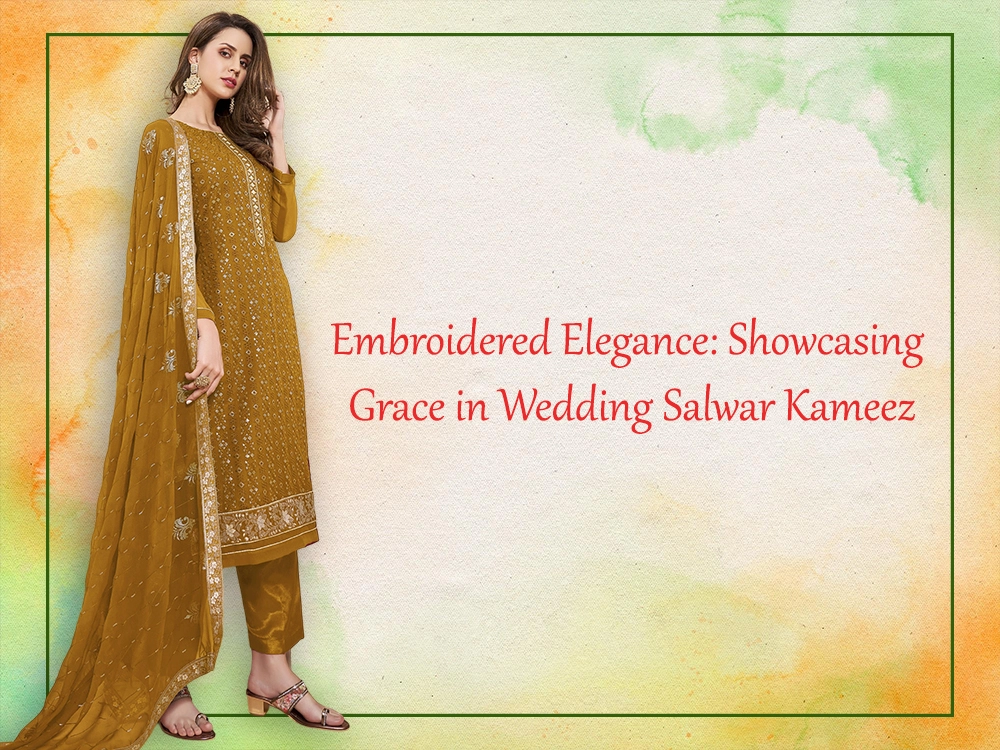
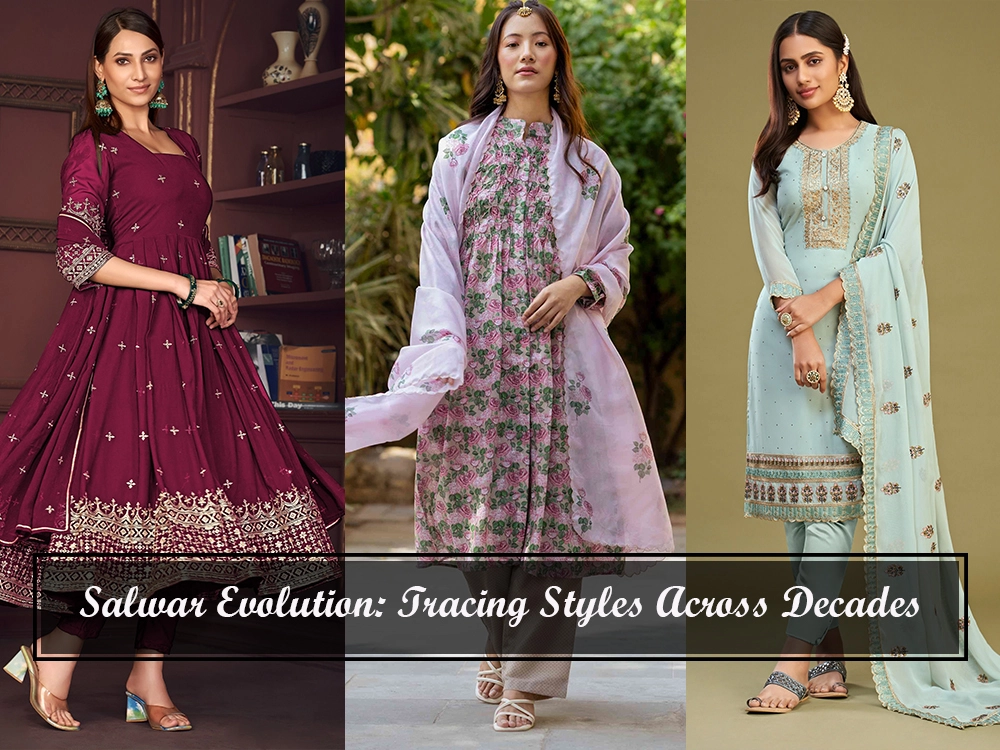
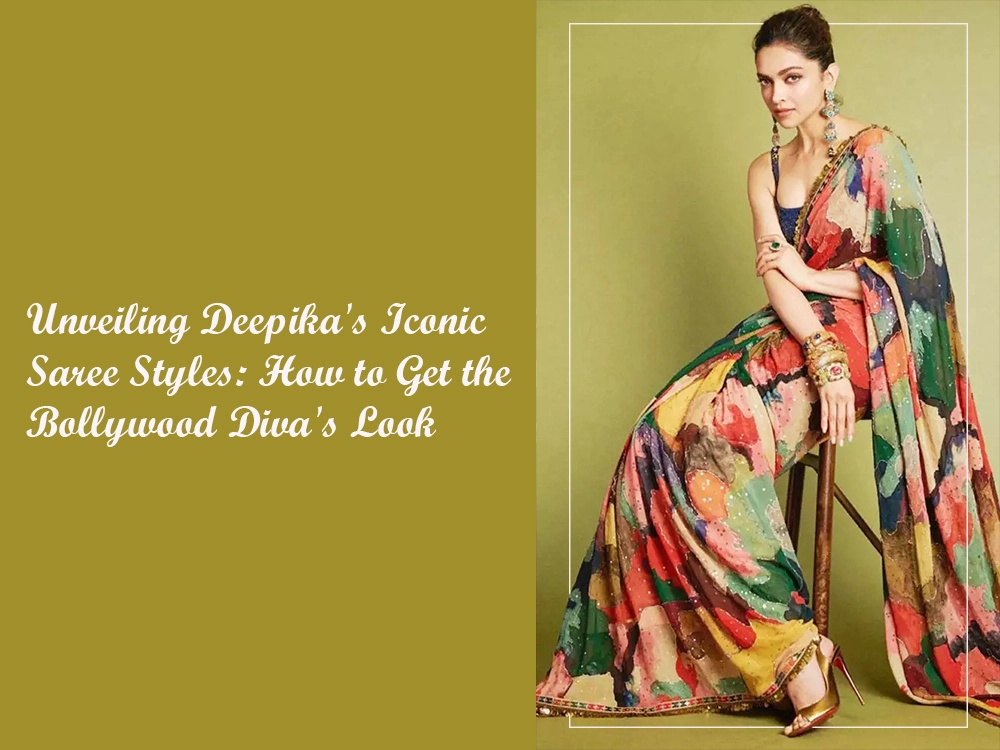
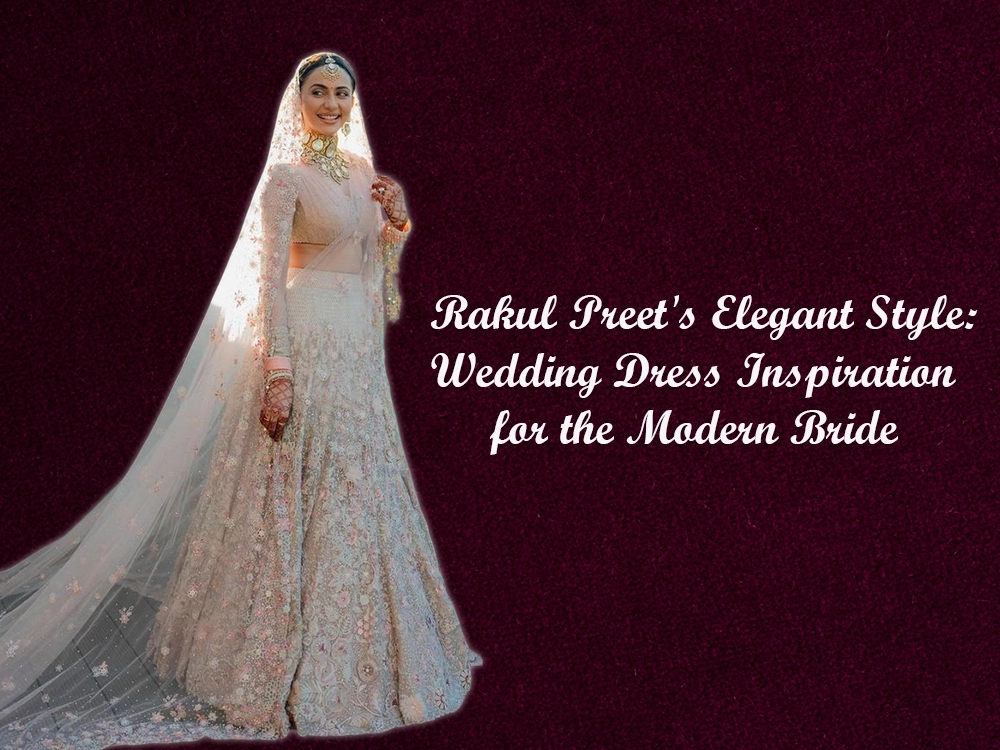
The information below is required for social login
Login to Ethnic Plus
Signup to Ethnic Plus